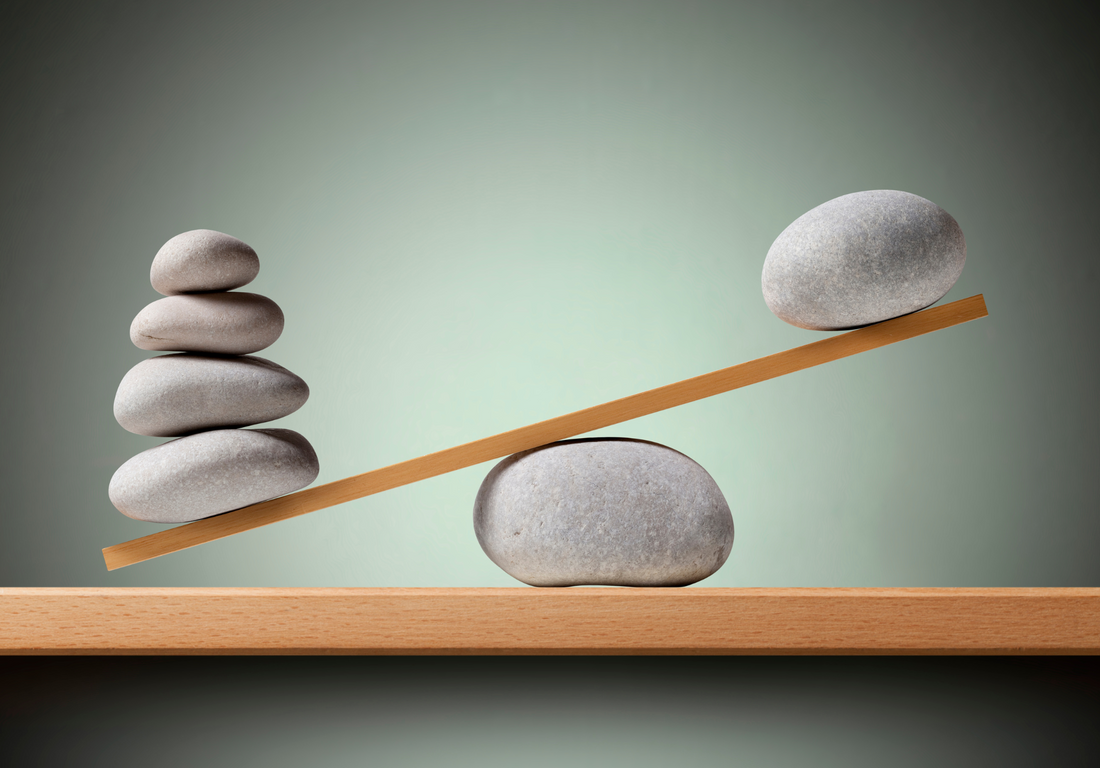One of the most common causes of pain and injury in the human body is muscle imbalance. A muscular imbalance is an imbalance between two muscles, or muscle groups of opposite functions. This can include muscle imbalances between two biceps, or imbalances between a glute and hamstring of the same leg. Perhaps more overlooked than muscle imbalance however is biomechanical movement imbalance. Biomechanical movement imbalances involve imbalance or dysfunction that relates to how an individual moves through space. In other words, the way people walk, run, and perform other athletic movements.
Movement imbalances can worsen a person’s muscular imbalances, and likewise imbalances in musculature can worsen movement imbalances. Most rehabilitation programs rarely account for how movement imbalance in the gait cycle impacts muscle imbalance, and vice versa. Focusing solely on improving muscle imbalances can be helpful, but without addressing how these imbalances impact a person's gait cycle, long-term improvements are unlikely. In this article I’ll review what a muscle imbalance is, what a movement imbalance is, and then explain how the two are directly correlated with one another.

Muscle Imbalances
There are many different types of muscle imbalances, some include:
- Imbalances between a flexor and extensor, (muscles that flex the body vs. extend the body)
- Imbalances between stabilizers and mobilisers (eg. transverse abdominis vs. rectus abdominis)
- Imbalances between the left and right half of the body
- Imbalances between the upper and lower body
- Asymmetrical structural imbalances (Imagine a tennis players whose body is twisted to the right from hitting so many forehands)
- Functional Imbalance (occurs when muscles do not function properly due to imbalances in strength, flexibility, or coordination. Imagine a weightlifter who is very strong but has trouble balancing)
These types of imbalances can cause pain across an individual’s entire musculature. Take this diagram for example. Notice how there is a thick piece of muscle running from the lower back all the way to the neck. Now, imagine if the right spinal erector is over active (shorter and stronger) compared to the left erector. This seemingly minor muscle imbalance can cause a myriad of symptoms across the entire body including pain in the neck, shoulders, and hips.

This is where movement imbalance comes in.
Movement Imbalances
Let's continue with the spinal erector example. Let’s say someone with a right erector compensation begins to walk around and perform athletic movements. Their body will become overdependent on the right spinal erector for strength, stability and range of motion which can lead to even more compensations in other areas of an individual's musculature. It’s important to address these asymmetries so that muscle overactivity doesn't cause compensatory patterns and even more muscle imbalances.
For instance, if your right spinal erector is overactive, it might be compensating for weakness or underactivity in the glutes, pecs or obliques.
By “weakness or underactivity”, I do not necessarily mean an isolated weakness, instead I mean an inability to adequately connect with surrounding muscles and perform its respective function. In other words, all strength is contextual. Although someone’s bicep might be able to curl a lot of weight, their bicep could be totally useless when throwing a baseball, shooting a basketball, or wrestling with someone.
When certain muscles are overactive or under-active, the body compensates by altering movement patterns and changing the way muscles connect across myofascial meridians (see diagram).
 (Source: Tom Myers, Anatomy Trains)
(Source: Tom Myers, Anatomy Trains)
These types of compensation can lead to inefficiencies and potential injury risks during movement. To help you further picture this relationship I'll offer one more example. If the hip flexors are tight and overactive, they can inhibit the gluteal muscles from driving the hips into hip extension and therefore creating a stretch along the body’s front line. This adversely affected relationship leads to altered gait patterns and increased reliance on other kinetic chains. Take a look at the two images below. Left image: dynamic hips, strong glutes. Right image: Tight hips, weak glutes.

Conclusion
The solution to these types of movement and muscular imbalances is not to simply strengthen the weak muscle (although that’s important). Instead, it’s to train the muscular weakness in the context of its movement imbalance. So, if your hamstring is having issues, don't just do isolated hamstring curls. Instead, train the hamstring in the context of its specific movement weakness while connecting it with muscles it struggles to connect with.
Most importantly, it’s important that you train with the gait cycle in mind. Evolutionary biologists all agree that humans primarily evolved to walk, run and throw. Our musculature and individual muscles likewise evolved to connect with one another and perform these specific functions. Functional Patterns biomechanics training aims to train the body with respect to its evolutionary blueprint. In doing so, we are able to strengthen muscles while stretching corresponding muscle groups, all while decreasing pain and improving athletic function.
Addressing movement and muscle imbalances requires a holistic approach that involves retraining the body to move efficiently and optimally.







